CMG Technologies is predicting a bright future for Metal Injection Moulding (MIM) in the medical sector with exciting growth opportunities available as manufacturers continually develop new products enabling an ever ageing population to manage their health conditions.
Rachel Garrett, managing director at CMG Technologies, believes there is scope to develop the sector even further by using MIM, which is already popular for use in keyhole surgery as well as devices used to manage diabetes, for use in implantable devices and fracture/fixation applications.
She says: “Over the past 25 years, MIM has become an increasingly important manufacturing technology for the medical device industry due to its ability to produce high volumes of precision components to net-shape.
“Early applications were endoscopic instruments and a huge range of both simple and complex surgical devices but the next generation will see medical robotic systems and implants with unique properties developed.
“Guidelines by the National Institute for Health and Care Excellence are insisting that more and more medical devices are single use and this is where MIM really comes into its own because it is a much cheaper option than machining and I believe there will be a growth in demand for popular applications such as keyhole surgery and devices used to manage diabetes.
“The precision capability of our MIM process has already facilitated our close working partnerships with a number of leading medical device manufacturers, including Swann Morton and DTR Medical, who rely on us to provide complex parts that cannot be manufactured using traditional methods due to prohibitive costs or design issues.
“The medical sector is our largest one and, throughout the world, companies are becoming more aware of MIM’s capabilities even though there is still room for even more expansion and I believe we can make further advances even though there are some barriers to overcome first.
“Quality is not a concern for the companies we supply because we are accredited to the ISO9001 2008 standard but further growth is currently being prevented due to difficulties in getting MIM titanium approved and tested for increased use in the medical sector.
“As the medical sector faces increasing financial pressures and also has to provide for an ever ageing population more likely to need medical devices to manage long-term health conditions, I am sure manufacturers will be working hard to overcome these barriers.
“A new report by Visiongain predicts the global medical devices market will reach $398.0bn in 2017. It also says there are significant opportunities for growth in the coming decade driven by the introduction of innovative devices into the market and also by the demand generated by illnesses associated with the ageing global population.
“Cardiac and respiratory diseases generally affect people above the age of 65, and with the global over-65 population expected to rise up to one billion by 2020, devices used in the treatment of age-related illnesses will see significant growth.
“MIM is a very attractive proposition for many of these devices because it has so many benefits, especially the fact there are no scrappage costs. People are now living much longer and many require an ever-growing list of life-saving and life-enhancing surgical procedures which feeds into the growing demand for cost-effective surgical devices, implants and related applications.
“Costs are key as the medical sector seeks greater efficiencies to market products that are affordable and MIM makes such devices much cheaper to manufacture so I firmly believe further growth will happen in the future,” she added.
At the moment, not many companies are exploiting MIM for implantable devices and fracture/fixation applications due to stringent regulations about materials that can be used but Rachel believes this is also an area that can be exploited further.
“Most of the medical devices we produce are made in stainless steel 17-4 PH and this continues to be the case. I do believe MIM can be used successfully once the existing barriers have been overcome and the use of different materials gains accreditation,” she added.

